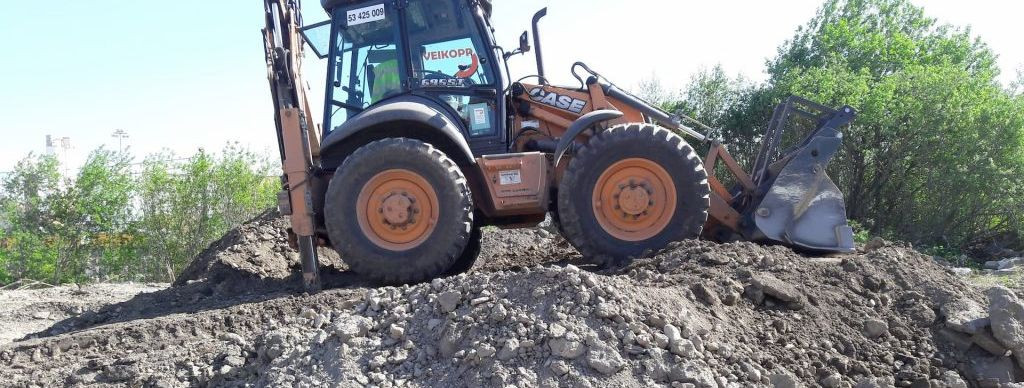5 essential excavation techniques for modern construction
Excavation is a foundational aspect of modern construction, providing the groundwork for structures of all sizes. From residential landscaping to large-scale urban development, the techniques used in excavation are critical to the success of a project.
Understanding Excavation in Modern Construction
Excavation is the process of moving earth, rock, or other materials with tools, equipment, or explosives. It includes earthwork, trenching, wall shafts, tunneling, and underground. Excavation is used to create building foundations, reservoirs, and roads.
Modern construction projects face a variety of challenges, from navigating underground utilities to adhering to strict environmental regulations. The choice of excavation technique is crucial to address these challenges effectively.
Essential Excavation Techniques
Trenching is used for installing underground utilities, pipelines, and for drainage systems. It involves creating narrow excavations below the surface of the ground.
Land clearing involves removing trees, brush, stumps, and debris from a site. This is often the first step in preparing land for construction.
Dredging is the process of removing sediment and debris from the bottom of lakes, rivers, harbors, and other water bodies. This technique is essential for maintaining waterways and preparing for aquatic construction.
Tunneling is a complex form of excavation that involves constructing tunnels under the ground. It requires careful planning and the use of specialized equipment.
Vertical excavation is used in urban environments where space is limited. It involves excavating a site in layers to create a deep foundation for high-rise buildings.
Advanced Technologies in Excavation
Modern excavation relies on advanced machinery to increase efficiency and safety. This includes hydraulic excavators, bulldozers, and backhoe loaders.
GPS and laser-guided systems allow for precise excavation, reducing the risk of errors and improving overall project outcomes.
3D imaging and modeling technologies provide a detailed view of the subsurface, aiding in the planning and execution of excavation projects.
Environmental Considerations in Excavation
Construction companies are increasingly adopting practices that minimize the environmental impact of excavation, such as soil conservation and the use of eco-friendly materials.
Sustainable excavation practices include recycling of materials, proper disposal of waste, and adherence to environmental laws and regulations.






Comments (0)